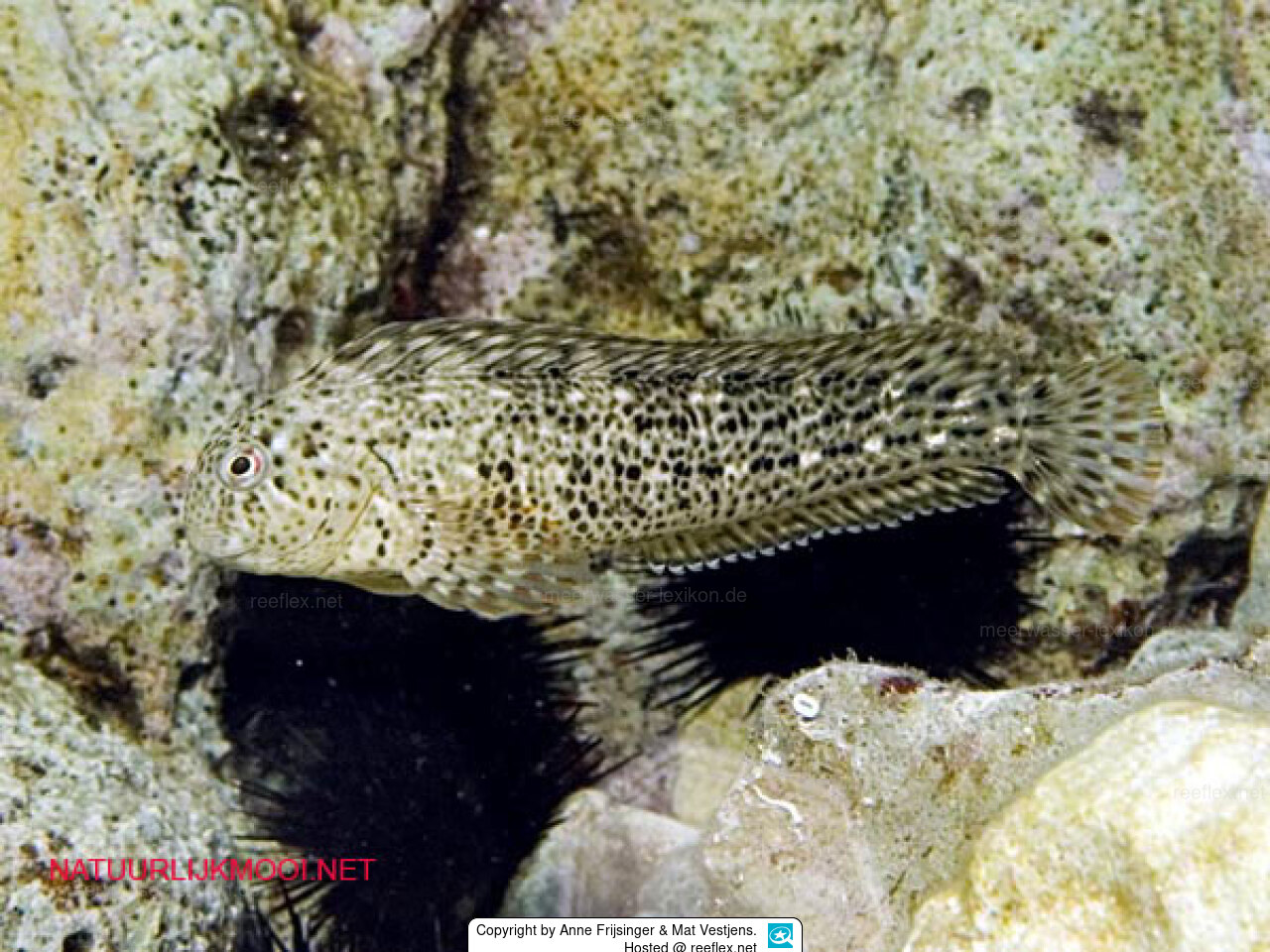Info
(Pallas, 1814)
Distribution:
Eastern Atlantic: Loire, France to Morocco including the Mediterranean and Black Sea.
Biology:
resident intertidal species with homing behavior found between pebbles or at margins of steep, filamentous algae-covered rocks exposed to sunlight. Makes underwater 'flight' over long distances.
Feeds almost exclusively on algae. Oviparous.
Spawns from May to July. Eggs are demersal and adhesive
Jumping guard
A jumping guard prevents (nocturnal) fish from jumping out.
Wrasses, blennies, hawkfishs and gobies jump out of an unprotected tank in fright if their night rest is disturbed, unfortunately these jumpers are found dried up in the morning on carpets, glass edges or later behind the tank.
https://www.korallenriff.de/en/article/1925_5_Jump_Protection_Solutions_for_Fish_in_the_Aquarium__5_Net_Covers.html
A small night light also helps, as it provides the fish with a means of orientation in the dark!
Distribution:
Eastern Atlantic: Loire, France to Morocco including the Mediterranean and Black Sea.
Biology:
resident intertidal species with homing behavior found between pebbles or at margins of steep, filamentous algae-covered rocks exposed to sunlight. Makes underwater 'flight' over long distances.
Feeds almost exclusively on algae. Oviparous.
Spawns from May to July. Eggs are demersal and adhesive
Jumping guard
A jumping guard prevents (nocturnal) fish from jumping out.
Wrasses, blennies, hawkfishs and gobies jump out of an unprotected tank in fright if their night rest is disturbed, unfortunately these jumpers are found dried up in the morning on carpets, glass edges or later behind the tank.
https://www.korallenriff.de/en/article/1925_5_Jump_Protection_Solutions_for_Fish_in_the_Aquarium__5_Net_Covers.html
A small night light also helps, as it provides the fish with a means of orientation in the dark!







 Anne Frijsinger & Mat Vestjens, Holland
Anne Frijsinger & Mat Vestjens, Holland


























